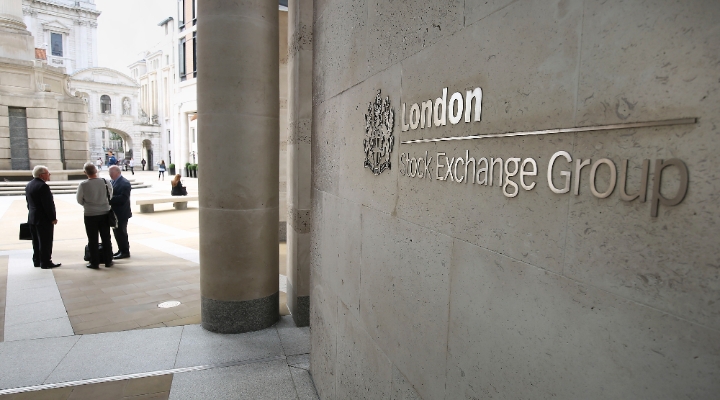The launch of our new ‘Full Holdings’ option on the Portfolio tab for investment trusts means investors can now do a more in-depth due diligence and consistently compare funds based on their portfolio analytics run on full holding portfolios.
Detailed fund breakdowns have been much more easily available in the open-end fund world and it’s easy to get access to regular and complete information; whereas the lack of any formal requirement for investment trusts to release full portfolio holdings to their shareholders means they have historically lacked the same level of transparency. Morningstar has been always a strong advocate of holdings disclosure to allow investors to understand and monitor the risks to which they are exposed, and thus to make better and more informed investment decisions.
Ahead of launching our Investment Trusts Analyst Ratings in January 2012, we set about trying to improve transparency among investment trusts. In May 2012 we published a thorough transparency paper explaining why we believe transparency matters and we updated this study a year later to show the progress made by the industry. Now, in mid-2013, our holdings database has grown from almost zero to full coverage of some two-thirds of ‘plain vanilla funds’ (we exclude sectors such as litigations, insurance & reinsurance strategies, hedge funds and VCTs, where typical portfolio analytics would be less meaningful and data is much harder to come by).
This has enabled us to launch a new portfolio tab for investment trusts, showing analytics based on full holding portfolios for the first time. The tab displays datapoints such as valuation metrics, region and sector breakdowns, to name just three. One could argue this information was already available to a large extent on individual funds’ factsheets; however, given that different companies use different methodologies, this information has not been fully comparable until now. It can still be seen under the ‘Latest’ portfolio tab, as this information tends to be more timely. Let's take a look at Jupiter European Opportunities trust to see it in action.

What Difference Does It Make?
Let’s look at a specific example. Jupiter’s Alexander Darwall runs two European funds: an open-end Jupiter European (F0GBR04C3Z) and a closed-end Jupiter European Opportunities (E0GBR01DOK). Both funds aim to achieve long-term capital growth from investment in European companies and are benchmark against the FTSE World Europe ex-UK index. An inexperienced investor could make the assumption they are mirror funds; but further investigation, and a comparison of portfolio data, shows the funds are actually quite different. As well as the fact that the trust uses gearing, both funds’ sector and country exposures are significantly different—for example, the investment trust has around 30% of assets in the UK; all of that is evident on the Portfolio tab and reflected in the risk-return profile of both products; but it would be hard to understand where individual risks lie without a list of the full holdings data—that’s now possible.






























